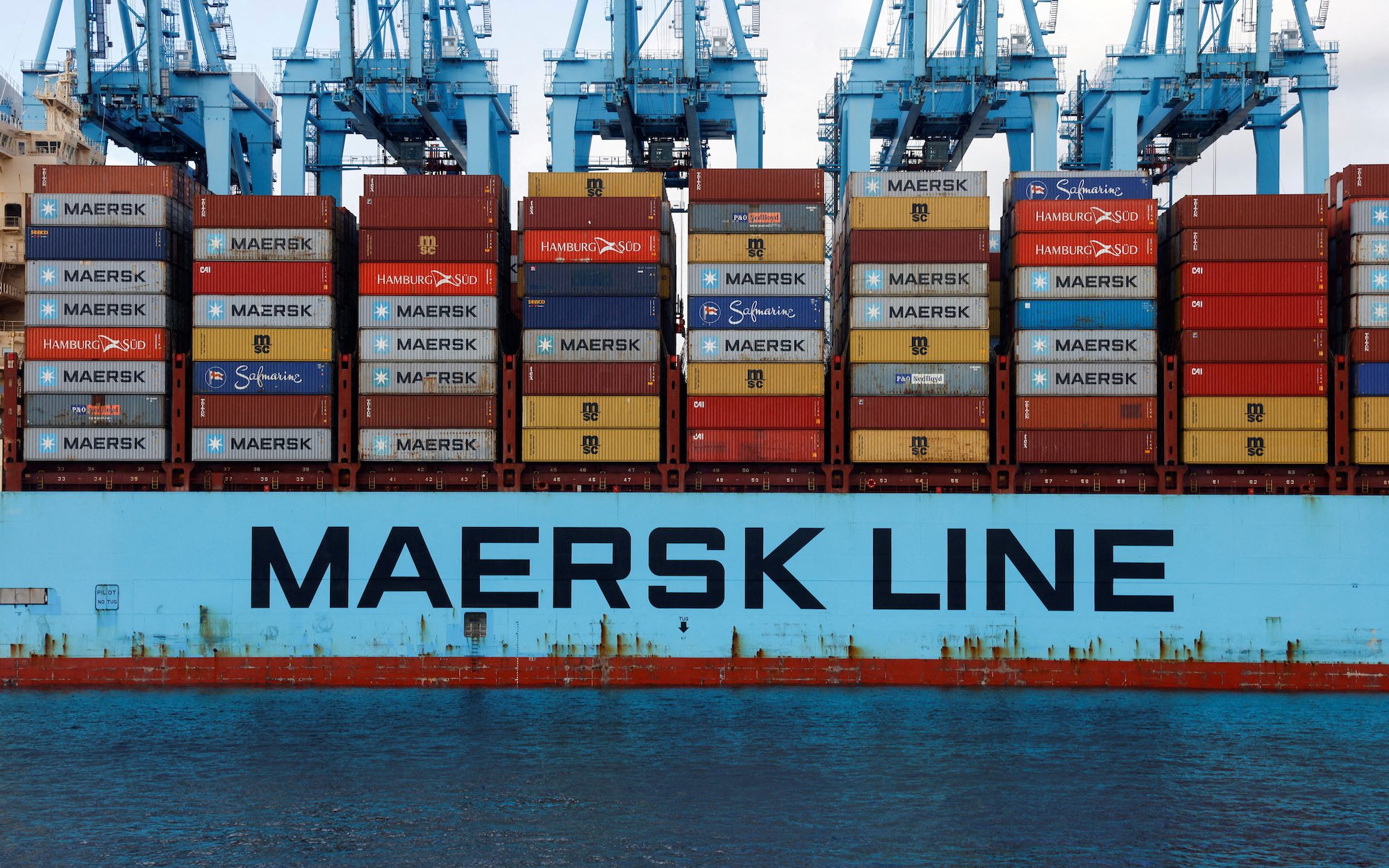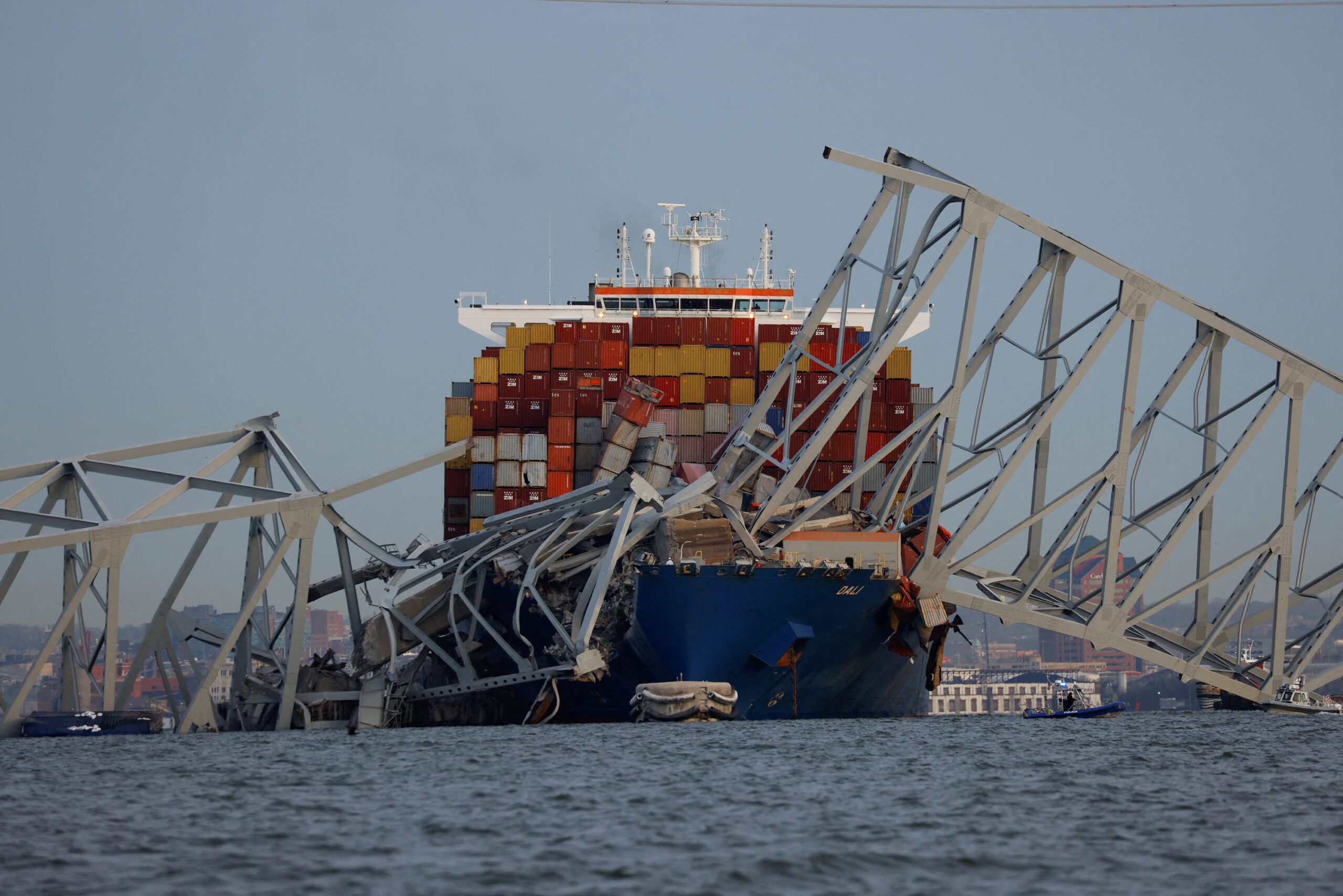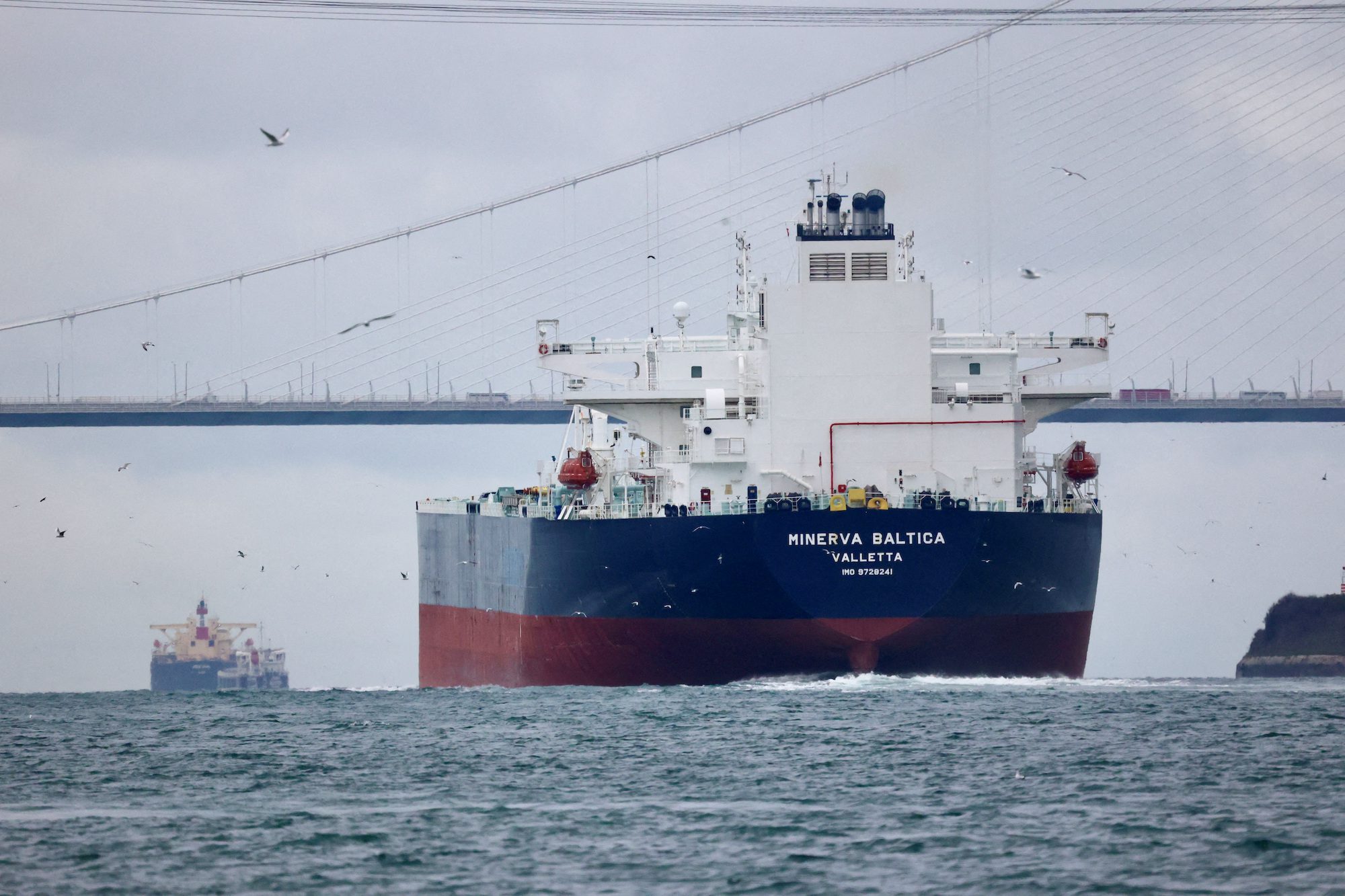View Larger Map
Above is a satellite view of Shanghai Waigaoqiao Shipbuilding which is busy building large bulk carriers.
Oct. 15 (Bloomberg) — Freight traders are hiring record numbers of iron-ore carriers in the spot market as Chinese steel production expands at the fastest pace in three years, spurring the biggest rally in shipping rates since 2009.
One-time charters to haul the commodity on Capesizes, the largest ore carriers, rose 51 percent to 124 in September from the previous month, according to data compiled by Morgan Stanley. More than 90 percent are bound for China, and the ore they carry would make enough steel to build about 150 Golden Gate Bridges. The surge means more demand for Nippon Yusen K.K. and Mitsui O.S.K. Lines Ltd., which are based in Tokyo and control the biggest fleets.
The jump in chartering reflects average monthly Chinese steel output that’s been about 10 percent higher in 2013, reducing the nation’s ore stockpiles to the lowest for this time of year since 2007. Imports of the raw material into China rose to a record last month. The demand is diminishing the fleet’s biggest capacity glut in three decades, spurring an almost sevenfold surge in rates since Jan. 2 that means ship owners are making money again for the first time in almost two years.
“Rates have moved quicker than even the most optimistic forecasters had hoped for only a few months back,” said Eirik Haavaldsen, an analyst at Oslo-based Pareto Securities AS, whose recommendations on the shares of shipping companies returned 18 percent in the past six months. “We have really seen a restocking commencing.”
Freight Swaps
Daily rates for Capesizes, each hauling about 160,000 metric tons, jumped to a 34-month high of $42,211 on Sept. 25, according to the Baltic Exchange, which publishes shipping costs for more than 50 marine routes. They were at $31,545 yesterday. Freight swaps, traded by brokers and used to bet on future rates, anticipate a fourth-quarter average of $28,500, the most since 2011. The 1,000-foot carriers need about $14,500 to break even, says RS Platou Markets AS, an investment bank in Oslo.
Shares of Nippon Yusen, with 68 Capesizes in its fleet, rose 62 percent to 326 yen this year and will reach 333.07 yen in 12 months, according to the average of 14 analyst forecasts compiled by Bloomberg. Those of Mitsui O.S.K., which owns 64 of the ships, gained 74 percent to 443 yen and will be at 438.31 yen in a year, the average of 13 estimates shows. The fleet-size data were compiled by Clarkson Plc, the biggest shipbroker.
China may be producing more steel than it needs, according to Morgan Stanley analyst Fotis Giannakoulis in New York. The surge in charters comes as growth in the nation’s $8.36 trillion economy slows. China buys about two-thirds of all seaborne iron ore, the second-biggest commodity cargo after crude oil.
Monetary Fund
The International Monetary Fund cut its 2014 growth forecast for the country on Oct. 8, predicting a pace of 7.3 percent, from a July estimate of 7.7 percent. That would be the slowest expansion since 1990. The World Bank lowered its prediction a day earlier to 7.7 percent from 8 percent.
Owners also are contending with a fleet whose capacity more than doubled since June 2008, when Capesize rates rose to a record $233,988 a day and triggered an unprecedented number of orders for new vessels, according to data from London-based Clarkson. Trade in iron ore climbed 40 percent over the same period, the broker’s data show.
The rally in rates is curbing the biggest ship-demolition program in at least three decades. Owners who previously intended to scrap vessels are now trading them again, Global Marketing Systems Inc., the biggest buyer of obsolete carriers, said Oct. 3. Older Capesizes sailing to China from Brazil, the most important trade route for iron ore, can earn $1.4 million from a single voyage, according to Arctic Securities ASA in Oslo. A 15 year-old ship costs about $17 million.
Fewer Demolitions
Even with fewer demolitions, the largest fleet expansion in history is now easing. Ship yards have orders for new Capesizes equal to 16 percent of current capacity, down from as much as 100 percent five years ago, according to data from IHS Maritime, a Coulsdon, England-based research company. The fleet will expand 5 percent this year, the smallest gain in a decade, according to Clarkson.
The rally in Capesize rates contrasts with declines spanning most other shipping markets. The ClarkSea Index measuring rates across the maritimeindustry averaged $9,472 a day this year, heading for the lowest annual level on record. The surplus of capacity for oil tankers delivering 2 million- barrel cargoes is the biggest since about 1985, according to Fearnley Consultants A/S, a research company in Oslo.
Nippon Yusen, which also owns crude carriers, container ships and car transporters, will report a 76 percent gain in net income to 33.17 billion yen ($337.8 million) in its fiscal year ending March 31, according to the mean of 16 analyst estimates.
Narrow Losses
Mitsui O.S.K. will make a profit of 45.63 billion yen, compared with a loss of 178.8 billion yen in the prior year, the average of 16 predictions shows. Seven out of 12 companies in the Bloomberg Dry Ships Index will narrow losses or report a profit in 2013, according to forecasts compiled by Bloomberg.
Trade in seaborne iron ore will expand 6 percent to 1.17 billion tons this year, with China taking 66 percent of the total, Clarkson says. Shipments of dry-bulk commodities that also include coal and grains will rise 5 percent to 4.3 billion tons, according to the shipbroker.
Spot iron-ore fixtures provide the best indicator of changing demand because they exclude cargoes moved under long- term contracts, according to Erik Nikolai Stavseth, an analyst at Oslo-based investment bank Arctic Securities. The ships booked in September will mostly unload this month and next.
Services Industry
China’s steel mills now account for 50 percent of global output. Manufacturing in the country is expanding at the fastest pace in 17 months, while growth in the services industry is the strongest since March, government figures show.
The nation imported 74.58 million tons of the ore last month, 15 percent more than a year earlier, customs data show. Its steel output averaged 65.1 million tons a month this year, 10 percent more than in 2012, according to data from the Brussels-based World Steel Association. Stockpiles of iron ore at China’s ports now come to 70 million tons, 24 percent less than this time last year.
“China needs a much bigger restock in iron ore than last year,” said Aneek Haq, a metals analyst at Exane BNP Paribas in London. “The recent increase in fixtures is a confirmation of this.”
– Rob Sheridan, Copyright 2013 Bloomberg.
Unlock Exclusive Insights Today!
Join the gCaptain Club for curated content, insider opinions, and vibrant community discussions.

 Join The Club
Join The Club













